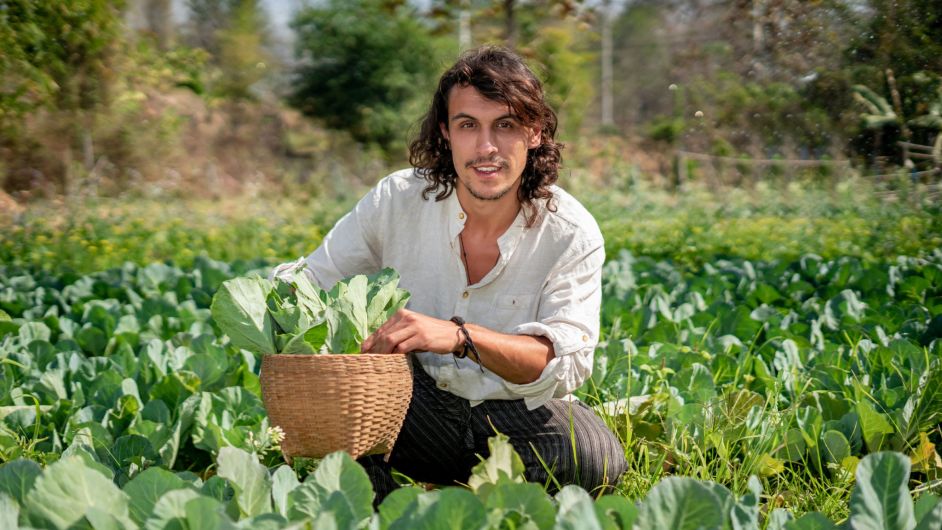By John Crowley
THIS high cost of fertiliser and feed this year is well documented. However, it is important for the performance of cattle to have high quality forages and feed in store on the farm going into the coming winter.
With this in mind, it is worth investigating the use of alternative crops such as kale, rape or redstart to bolster the high quality feed available. The starting point is to do a fodder budget with your advisor as soon as possible to work you your requirements.
So why alternative crops?
Firstly, to fill a forage deficit. Secondly, if there is a variability in the quality of grass silage, brassicas could fill the difference in the quality of the silage. Thirdly, the most important reason is reduced costs.
Kale and swedes are a main crop and therefore are sown in May and June.
Rape and stubble turnips are grown as a catch crop, usually after a cereal crop, or later in the season ie July/August.
However, if you are looking at dry matter yield of the crops sown in the different months, a day in July is worth a week in August and a month in September. So it is crucial to work out your feed budget for the winter and if you have a big feed deficit you have to sow early to get the higher yield of dry matter to make up your deficit.
To establish a good crop, there are a few factors to consider. The crop has to be grown on good free draining land. You have to decide on when the forage will be grazed. These crops cannot be grazed once they head out and flower due to toxins. Do you have the crop husbandry skills to grow a good crop?
Among the advantages of these forages are: they can be a low cost winter forage solution, and they are an excellent break-crop for grass reseeding, as it helps reduce pest such as leatherjackets and slugs. There is potential for high DM (dry matter) yields when the crops is sown as recommended. Brassica crops have a lower dry matter compared to grass at 12-14%, have a higher crude protein than grass silage (kale 15-17%, redstart and forage rape 18-20%) and are low in fibre.
Among the disadvantages are that a wet winter could lead to soil structure damage and possible run-off if not managed well. Hence the importance of growing in a good free-draining and not a hilly field where there is the potential of run-off. The field may be lost from the grazing rotation for 9-12 months. Some alternative crops are deficient in some minerals. Club root may be an issue where brassicas were grown in the past 30 years.
Brassicas are a crop well worth considering, but as a matter of urgency do a fodder budget to work out your winter feed requirement as the time is there now to sow the crops to get a good yield. Therefore, if your budget shows that you will be short of forage, act now to fill the deficit.
Resistance to doses for worms and fluke is on the increase. This means that these parasites are becoming resistant and doses are becoming less effective. Now is a good time to do faecal egg counts to see if you have resistance issues and the results will guide you on what products will work best. Regular weighing is a vital management tool to monitor performance and health of cattle at grass.
Meanwhile, on Tuesday July 5th, all roads lead to the Beef 2022 Open day in Teagasc, Grange, Co Meath. Dairy and beef farmers are welcome and encouraged to attend this event to update themselves on the latest research on beef systems and there will also be an information village other Teagasc SignPost Programme and Climate Change.
• John Crowley is a business and technology drystock advisor in the Teagasc office in Clonakilty.







